Two-Tones Return: Double Your Paint-Job Pleasure?


CARS.COM — Two-tone paint jobs on cars are making a mini-comeback. Whether they’ll leave their mark in the sea of gray, monotone cars and SUVs out there, however, remains to be seen.
Related: 10 Peculiar Car Paint Colors
Flamboyant colors and combinations never went away for very high-end cars, such as Bugatti’s Veyron, for high rollers wanting to personalize their rides. And pickup trucks have continued to use paint schemes to distinguish special models and trims. But two-tone — and even three-tone — paint combinations for mainstream cars peaked in the middle of the last century and pretty much bit the dust, along with muscle cars and mammoth V-8s, by the end of the 1970s.
Color Outside the Lines
Now we’re seeing a return of some fun with color to affordable cars, such as Toyota’s C-HR and Yaris subcompacts, plus a model of the conservative Camry mid-size sedan. The C-HR’s slogan, in fact, is, “Color outside the lines.”
The paint trend has taken off faster in Europe, where some 20 vehicles offer two-tone models, with more to come, Automotive News recently reported. The Vauxhall/Opel Adam subcompact, for example (slogan: “Just add color”), offers 19 body colors and seven roof colors, as well as color accents for the wheels, mirrors and grille bar.
The current offerings in the U.S. are mostly baby steps, limited to contrasting black, white or gray roofs over a main body color. But even that contrast can make a big difference in the impression the vehicle leaves.
Dual Personalities
“It’s incredible how people react to the bitone colors,” Alexandre Malval, head of design at Citroen, which offers four models, told Automotive News. “If you give them two colors to assemble, immediately the car has different personalities. Red with a white roof is a little bit sporty; cream with a black roof is a little more solid and tough. One in pastel with a white roof could be a little more feminine.”
Along with the currently fashionable “floating roof” designs with blacked-out roof pillars, a contrasting paint job also helps make an SUV less of a visual brick; the C-HR is a good example.
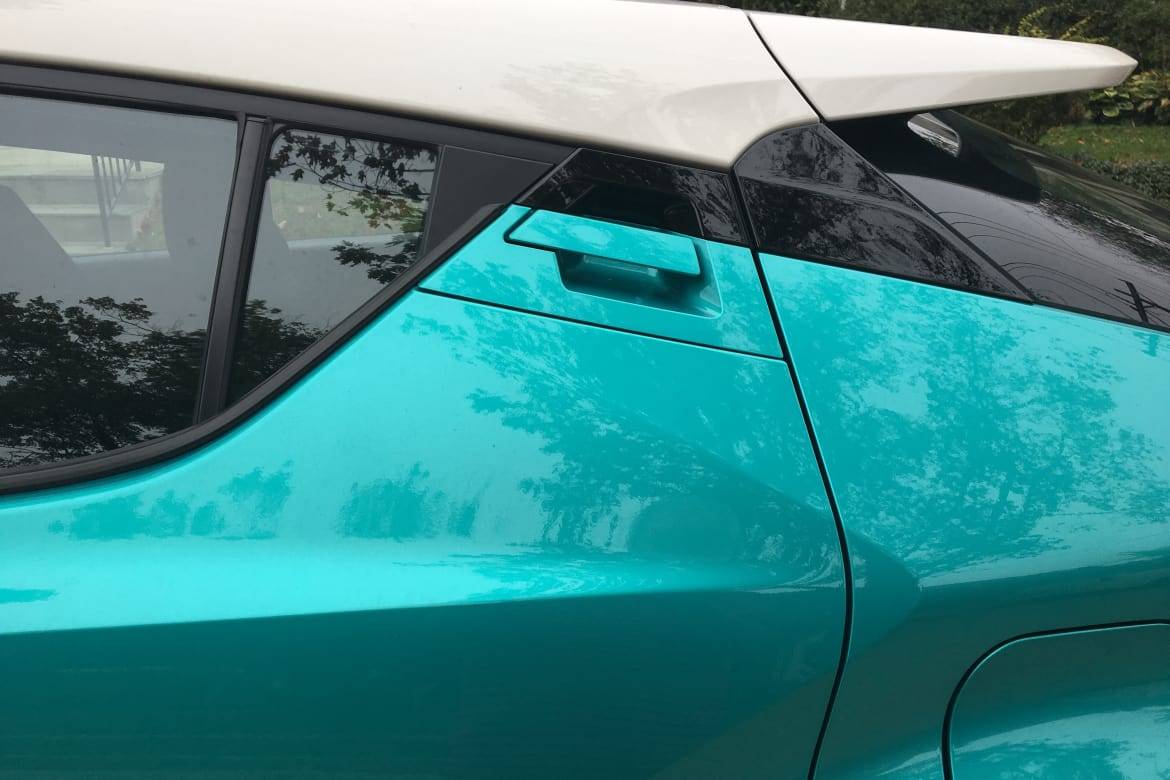
Multicolor Models Multiply
The retro Mini Cooper hatchback led the way into the new millennium in a big way, offering contrasting roofs and trims, stripes and graphics from 2000 through a growing lineup of models. The 2009 Ford Flex wagon was one of the first mainstream two-tone vehicles from a U.S. maker, offering a contrasting roof.
Now the list in the U.S. includes the Flex, multiple Mini models and the Toyotas, plus models from Kia, Land Rover, Bentley and Rolls-Royce. And on the way are Volvo’s XC40, Kia’s Stonic and Hyundai’s Kona, all small SUVs.
Design purists who believe a car’s paint should take a backseat to its shape — and tend to favor a medium gray for the gentle highlights and shadow — no doubt look down their noses at this. But there is no sign that they should fear a revival of the more outrageous paint jobs, such as the three-tone schemes on the 1956 Dodge Custom Royale. And it seems like bringing back a little more fun with color is a good thing in this era of commoditized vehicles.
The Color of Money
And it can be profitable for the maker, even if the factory paint shop groans. While it’s more complicated to build a multicolor car, it appears car buyers today are willing to pay more to express themselves in color.
It’s already common for more complex body colors to carry an extra charge, even on mainstream vehicles such as the $595 premium Mazda gets for its layered Soul Red Crystal Metallic on a new CX-5 SUV. The Range Rover Velar carries a $610 to $1,525 upcharge for its metallic colors (which includes every choice but black-and-white), and then it costs $410 on top of that to add a contrasting black roof.
Check out the gallery below to see some two-tone choices available — plus a couple you’ll only find at a classic auction:


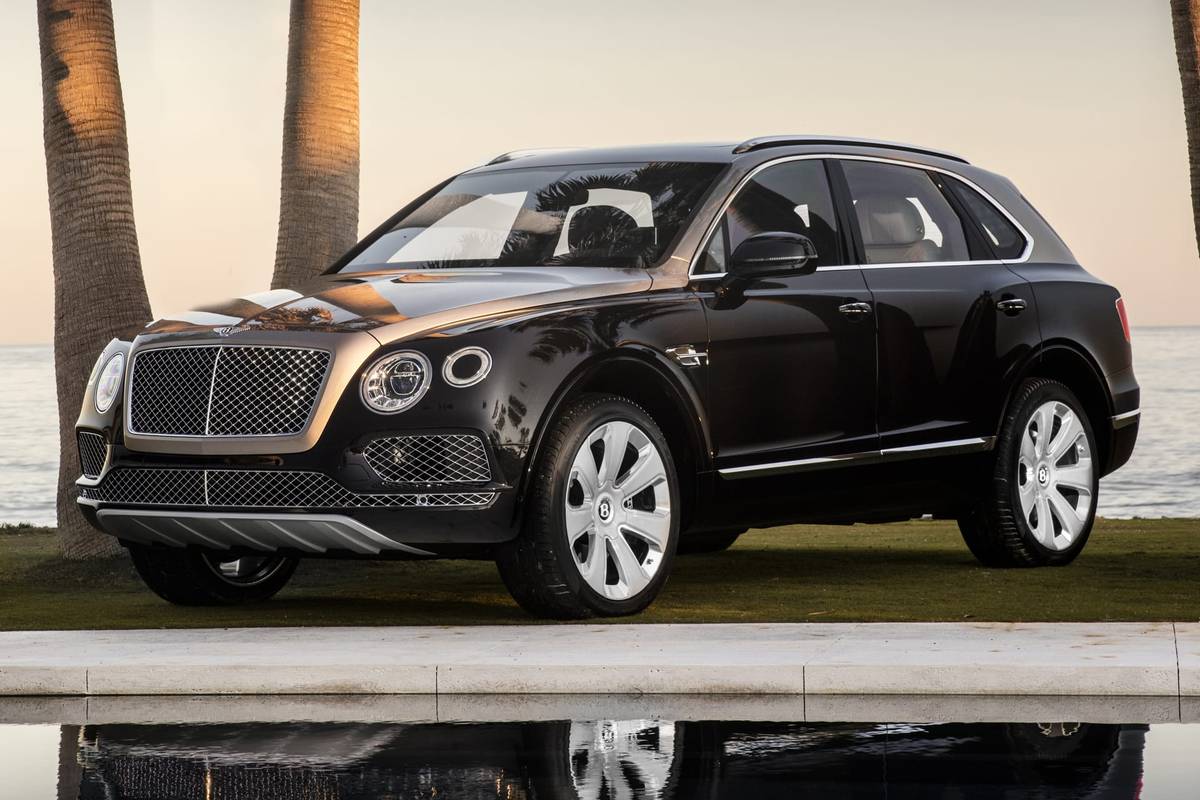

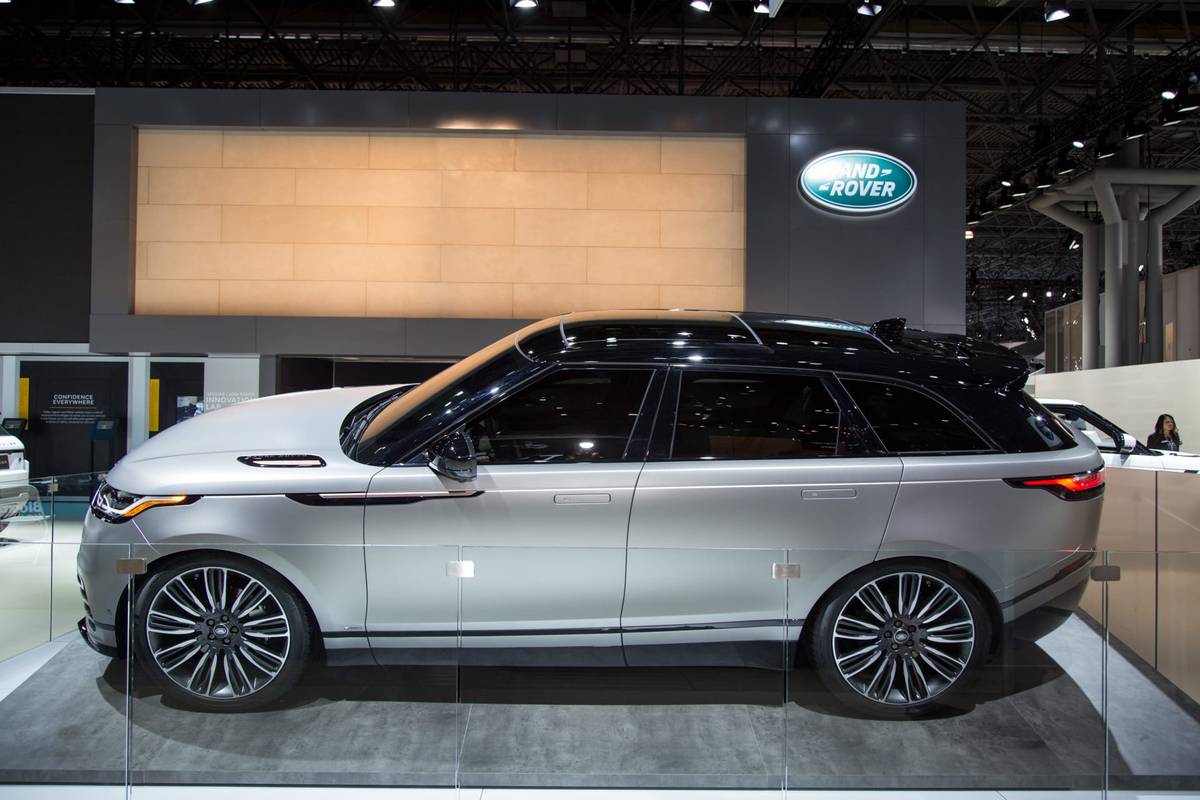
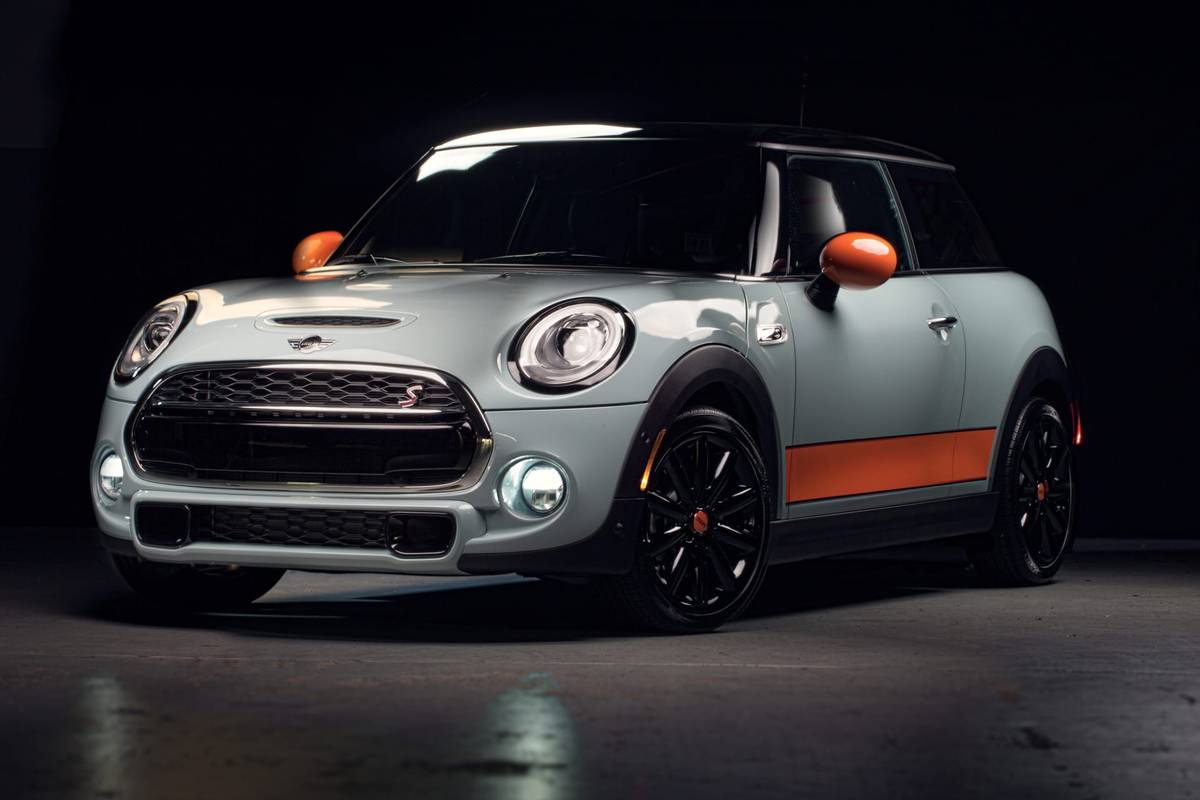
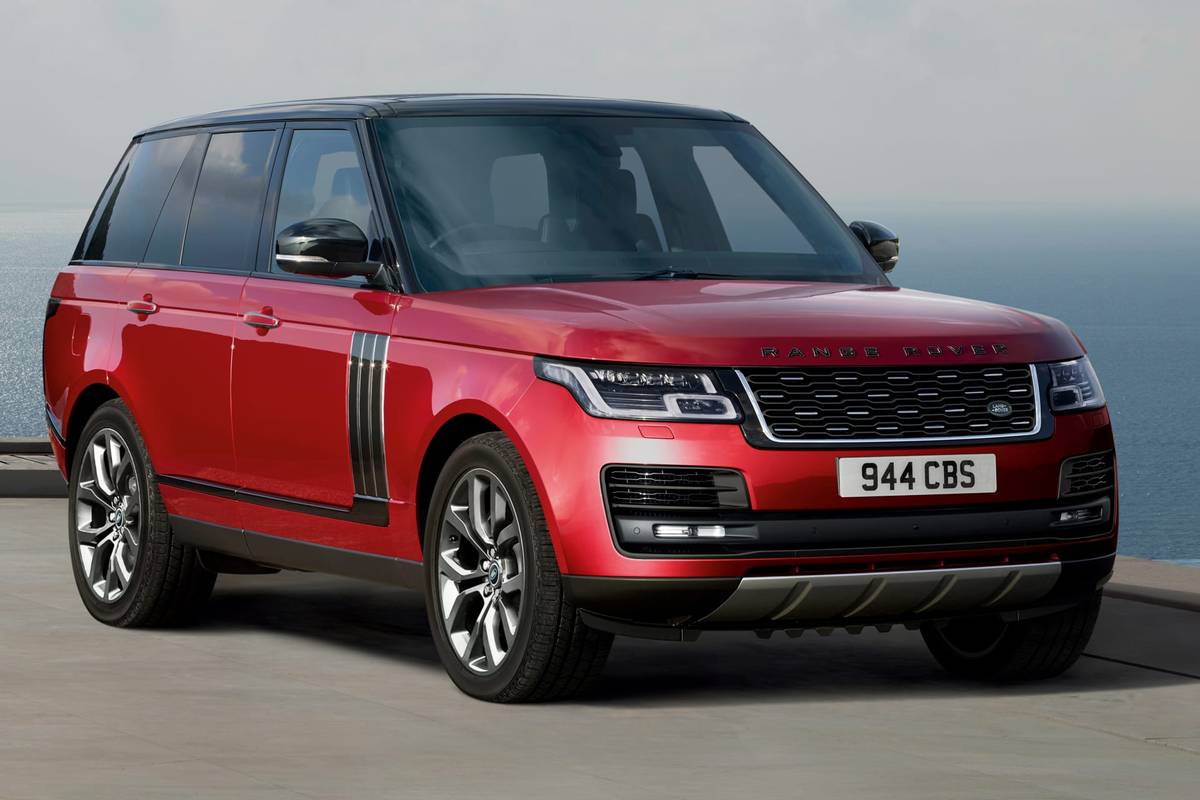
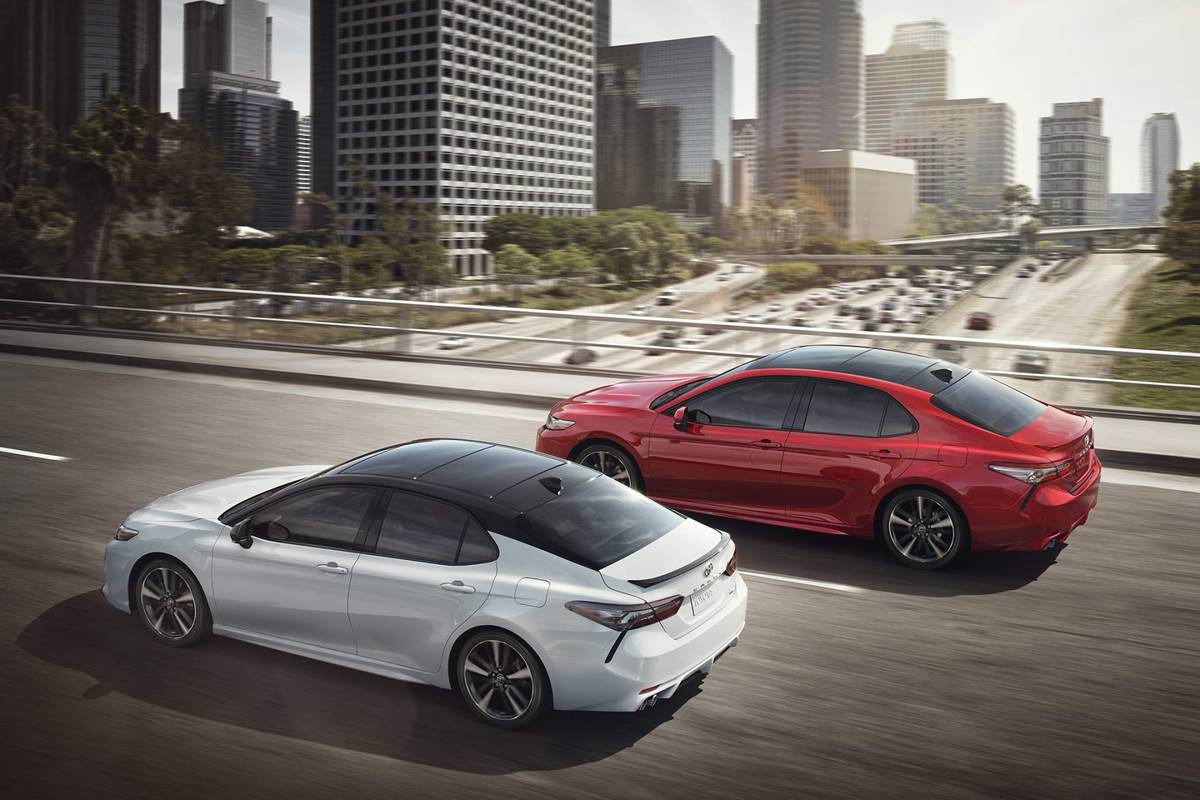
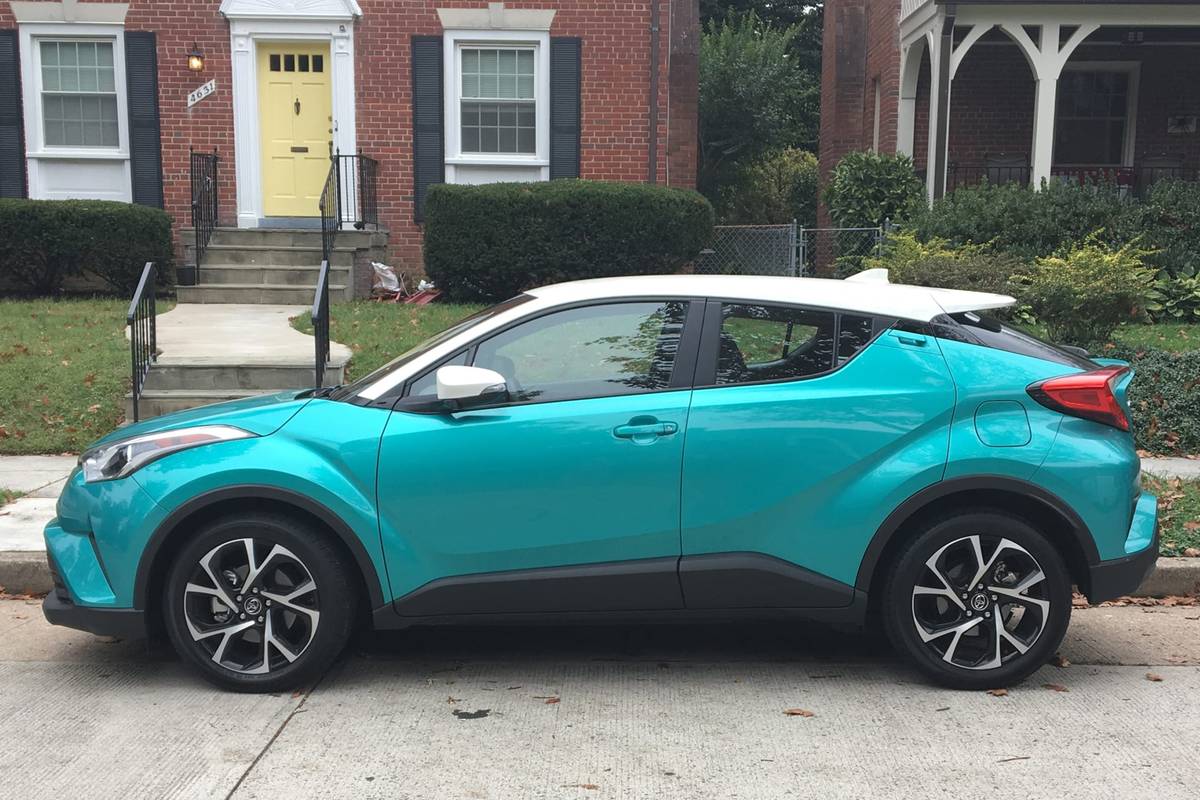
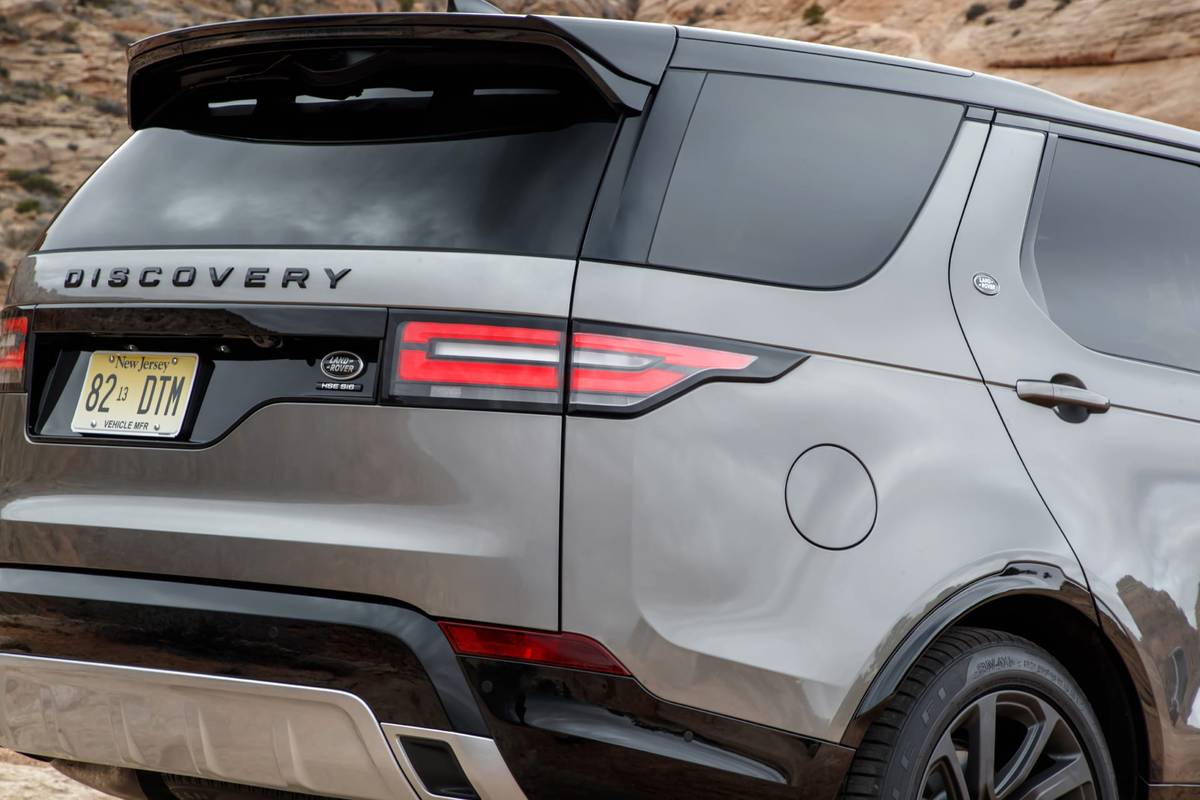
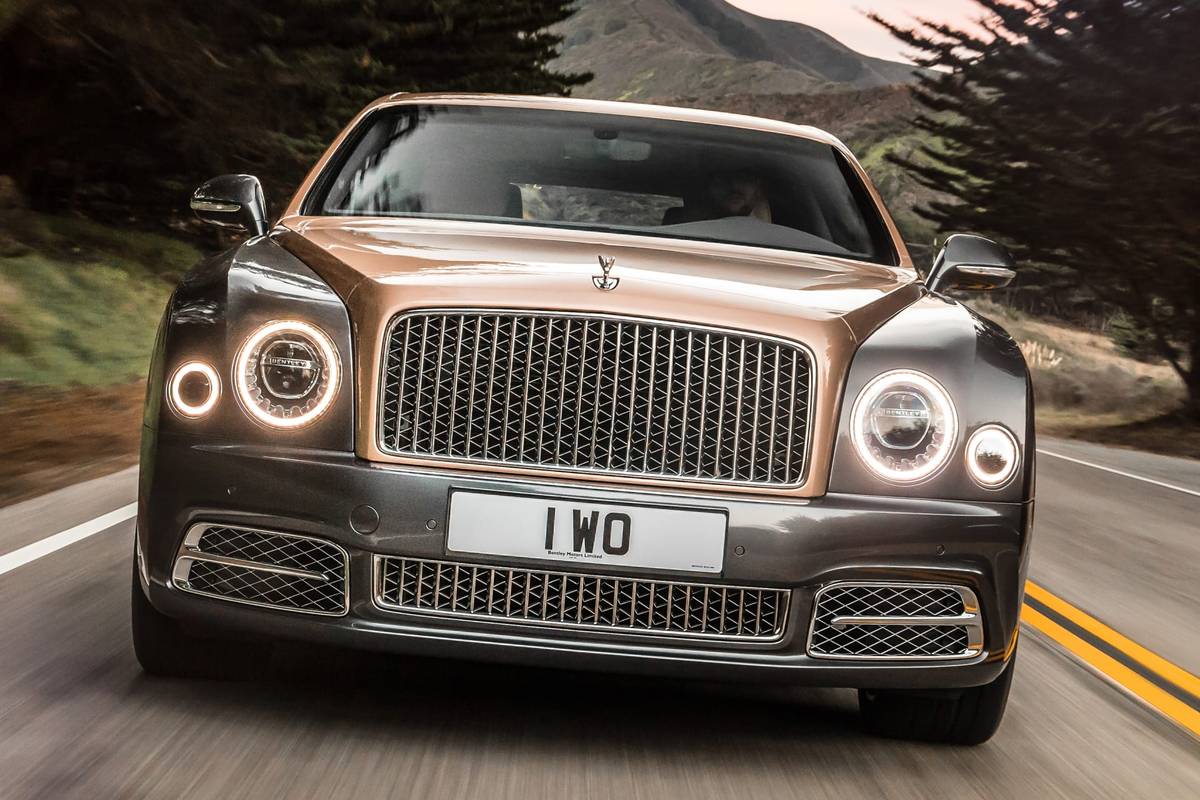
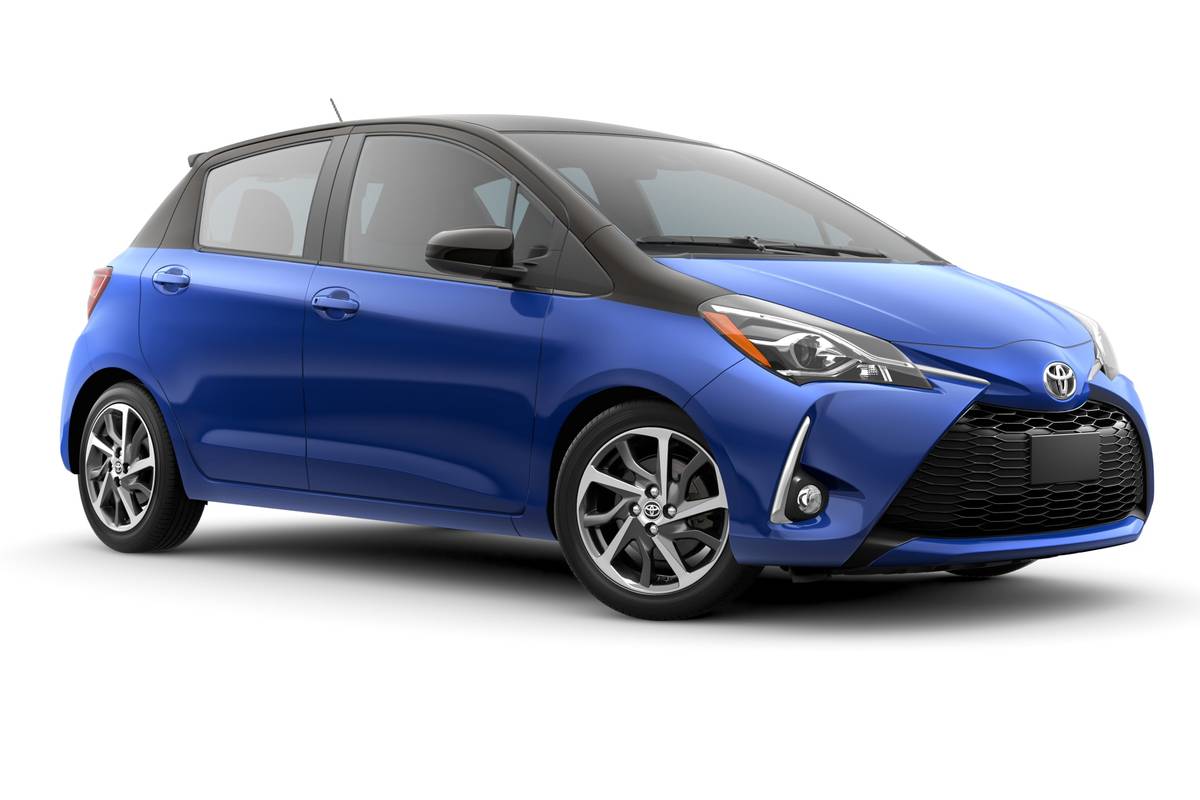
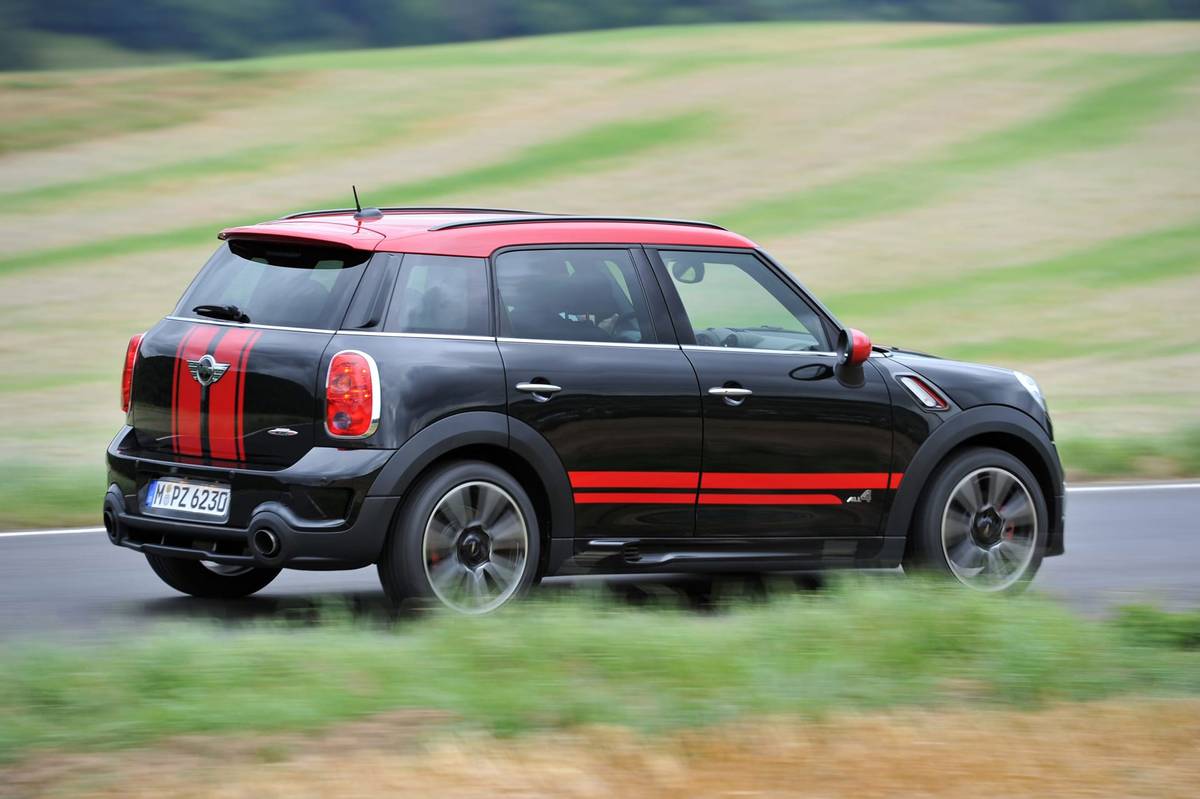
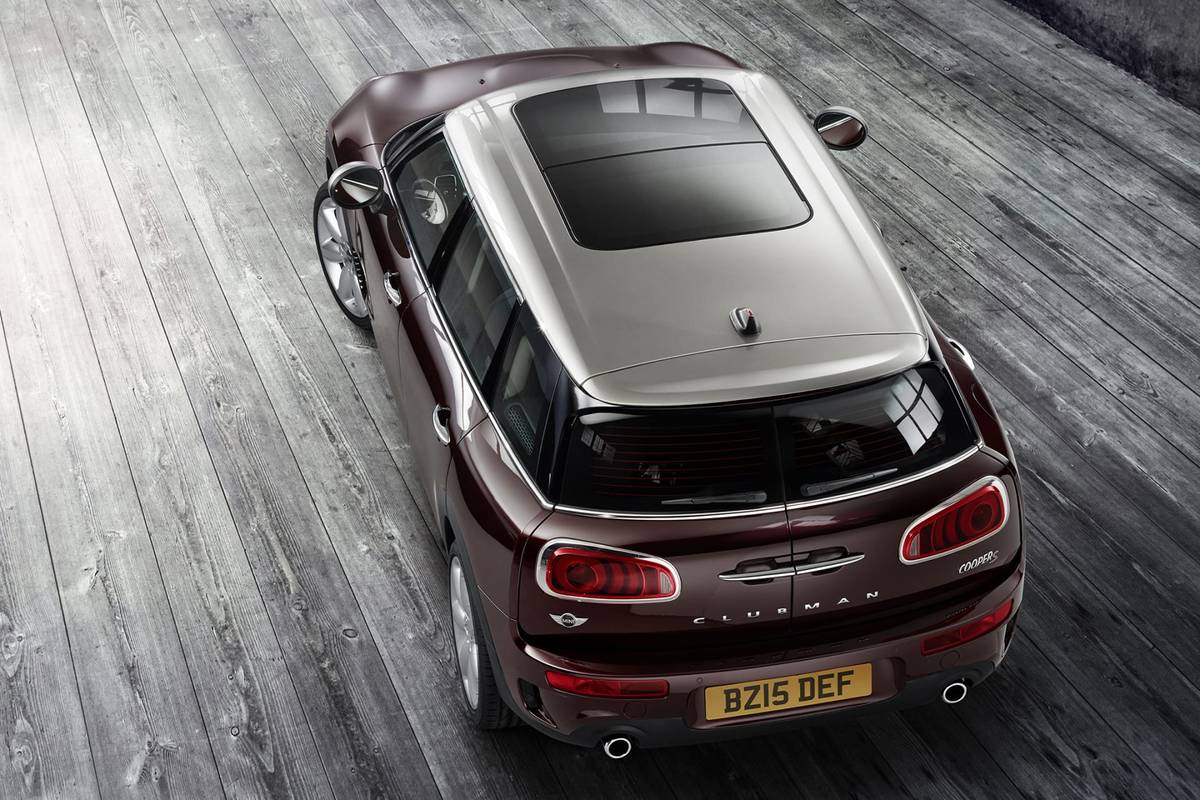
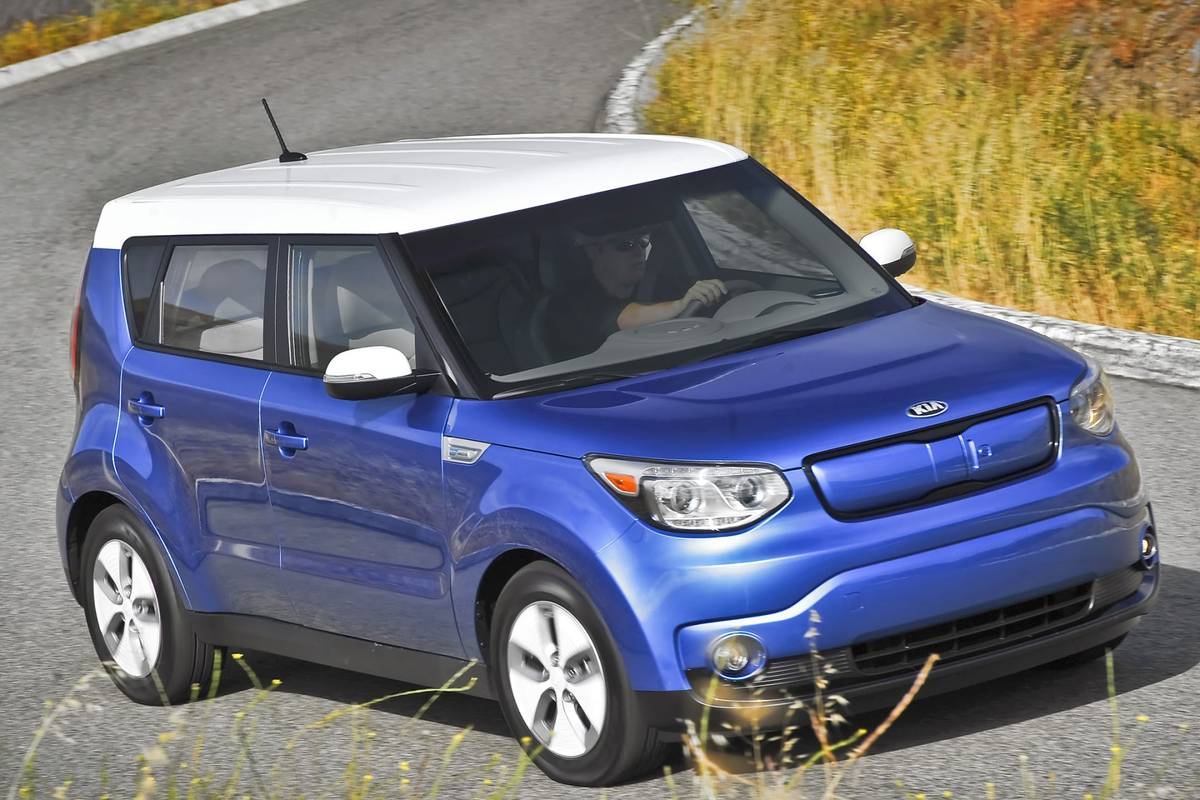
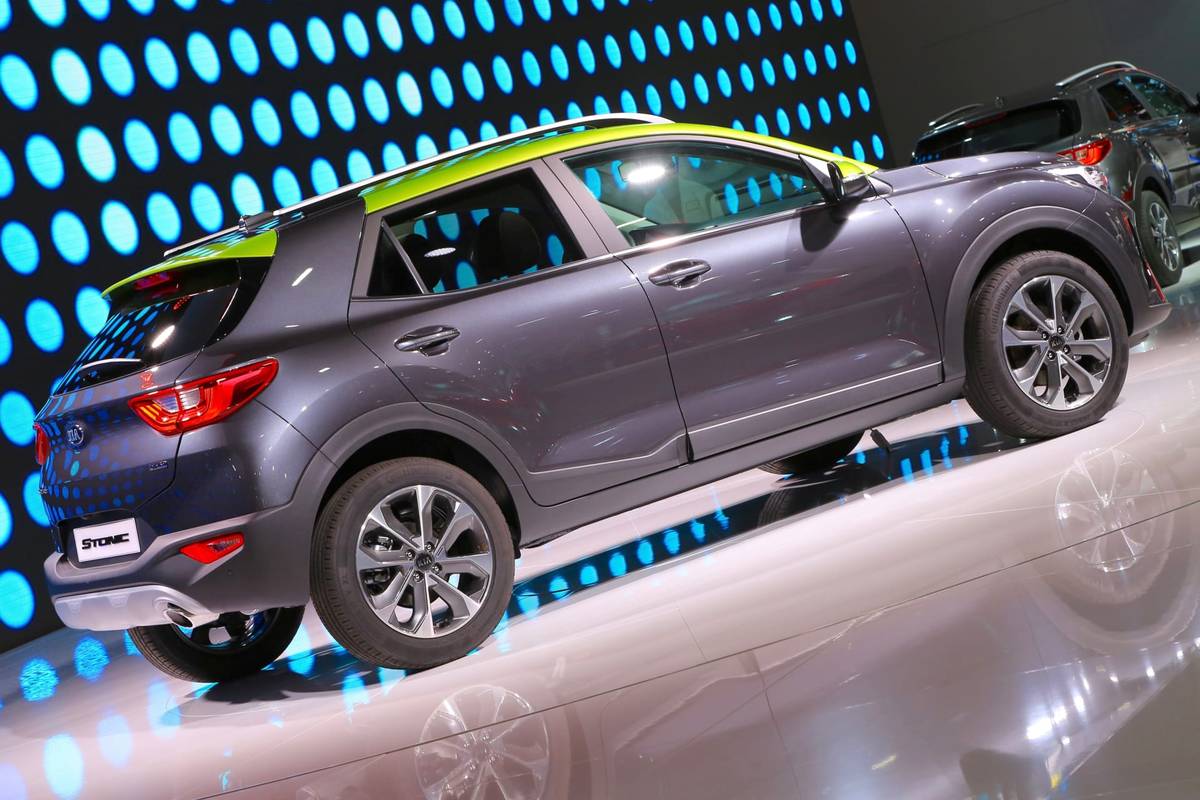
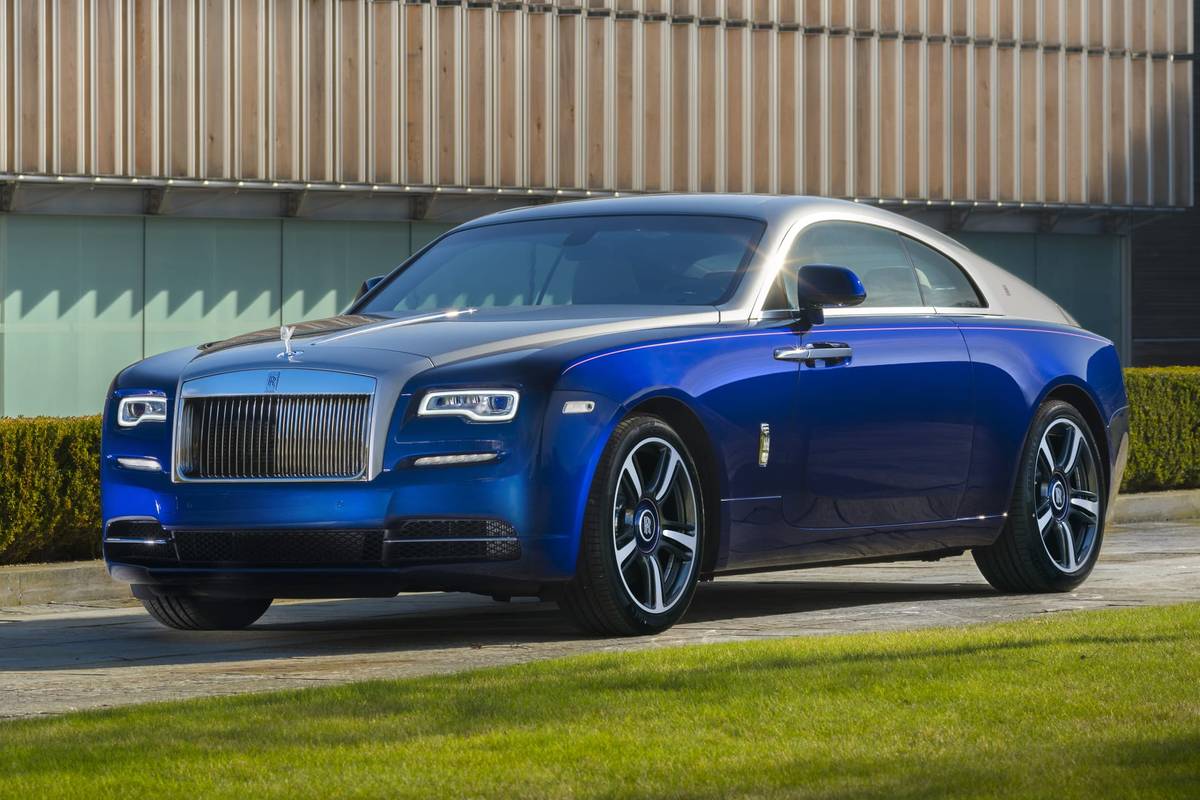
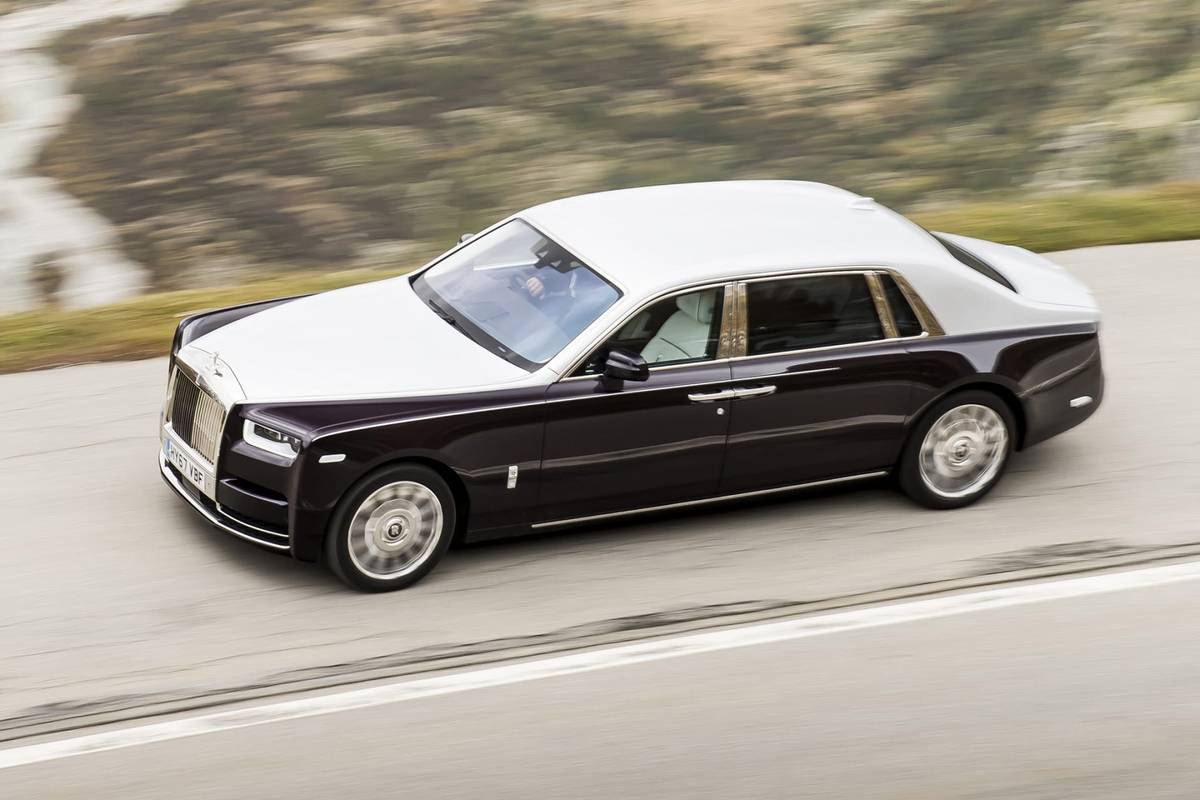


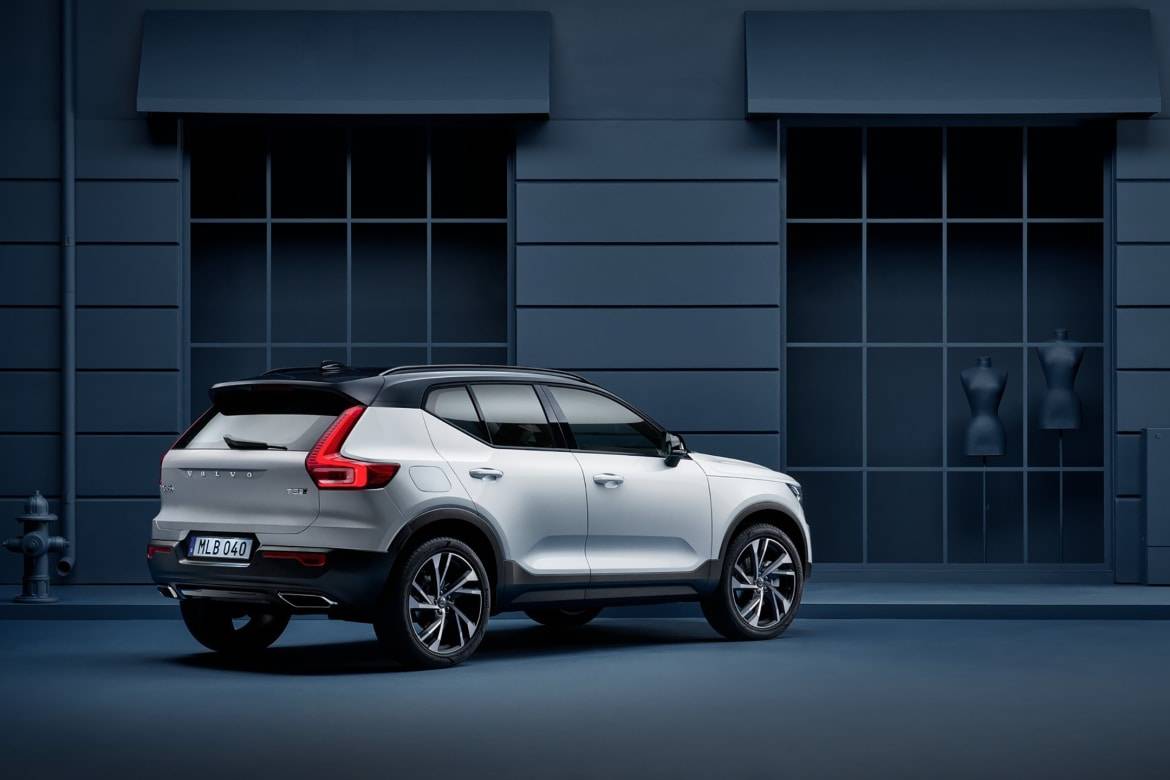























Cars.com’s Editorial department is your source for automotive news and reviews. In line with Cars.com’s long-standing ethics policy, editors and reviewers donít accept gifts or free trips from automakers. The Editorial department is independent of Cars.com’s advertising, sales and sponsored content departments.

Former D.C. Bureau Chief Fred Meier, who lives every day with Washington gridlock, has an un-American love of small wagons and hatchbacks.
Featured stories


























